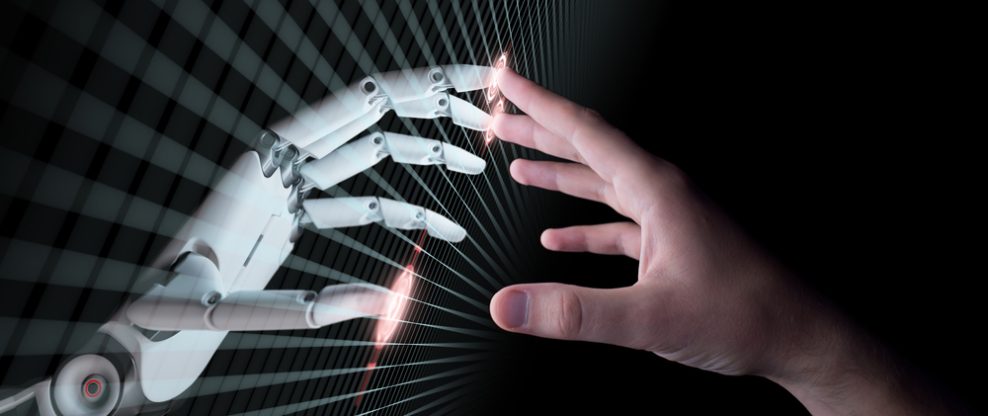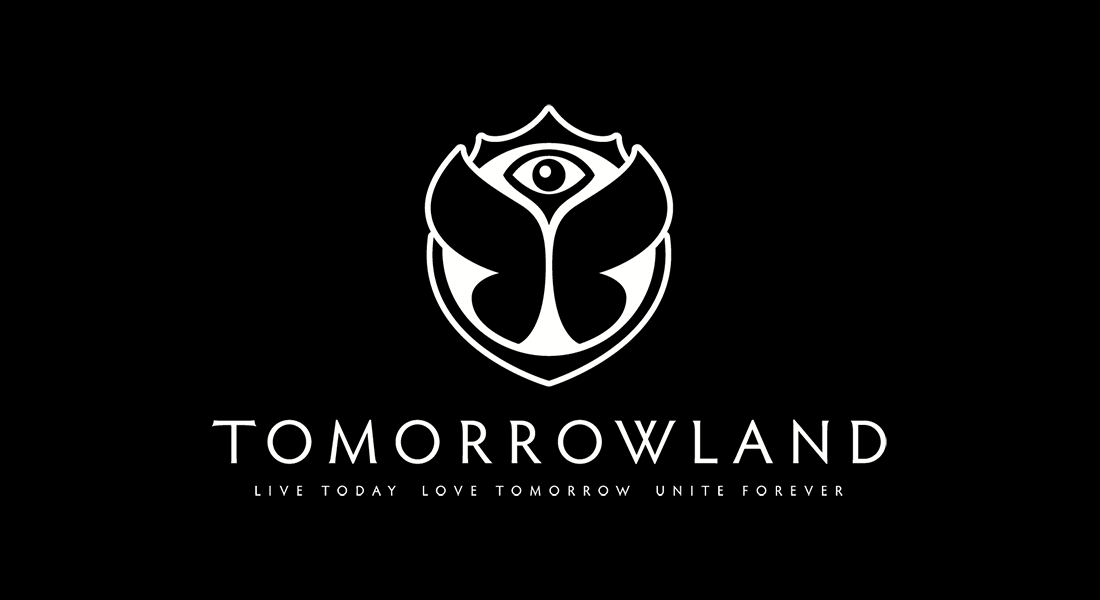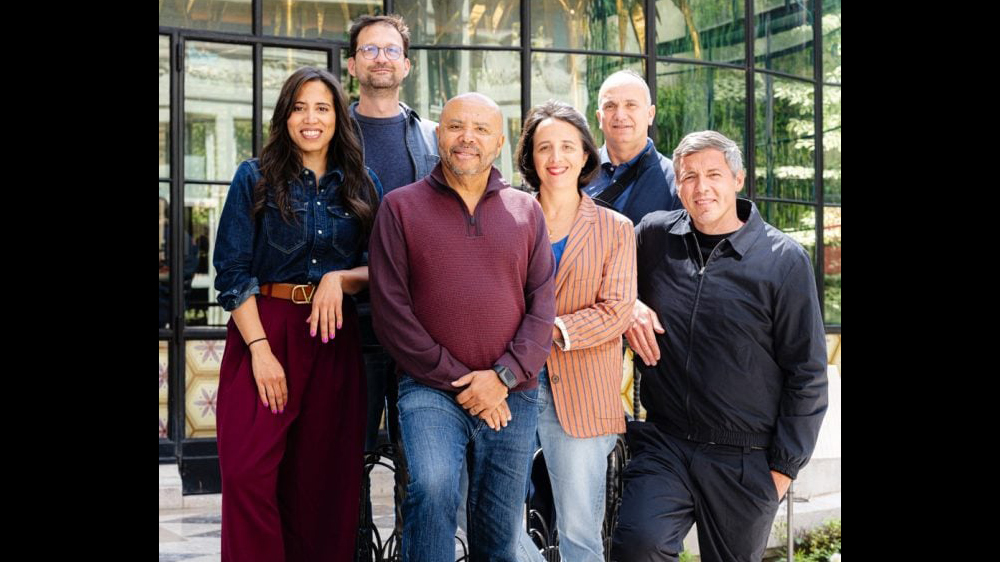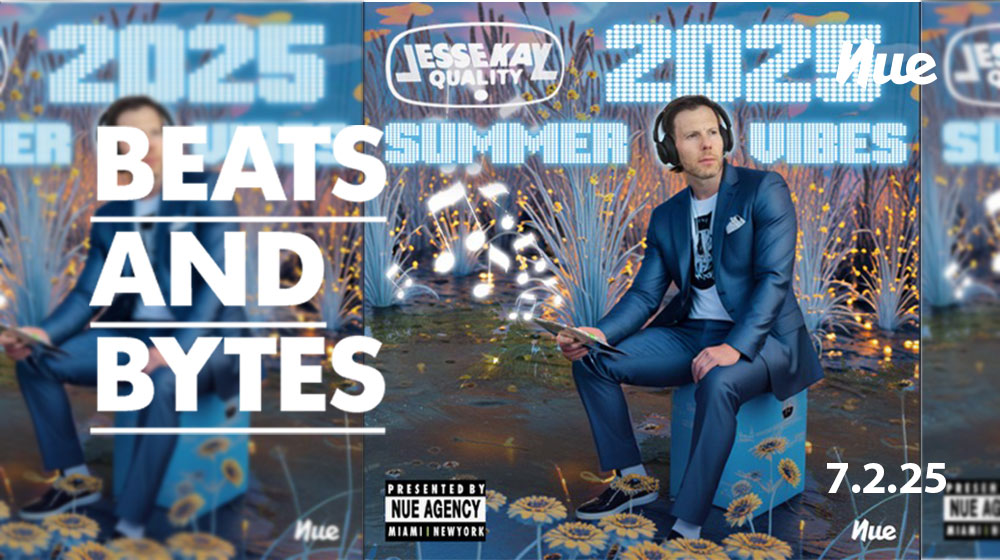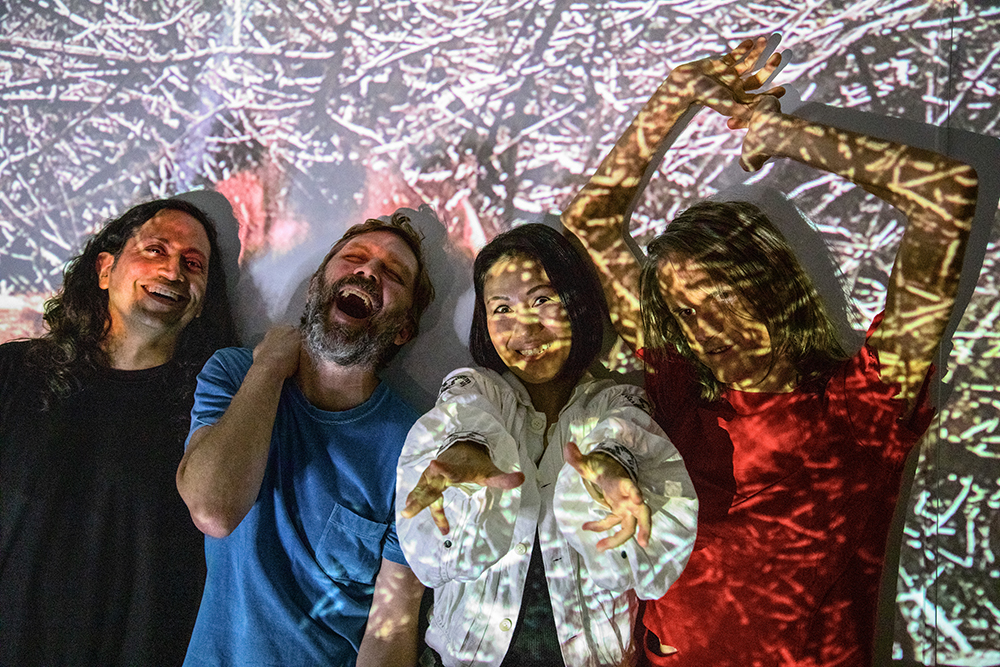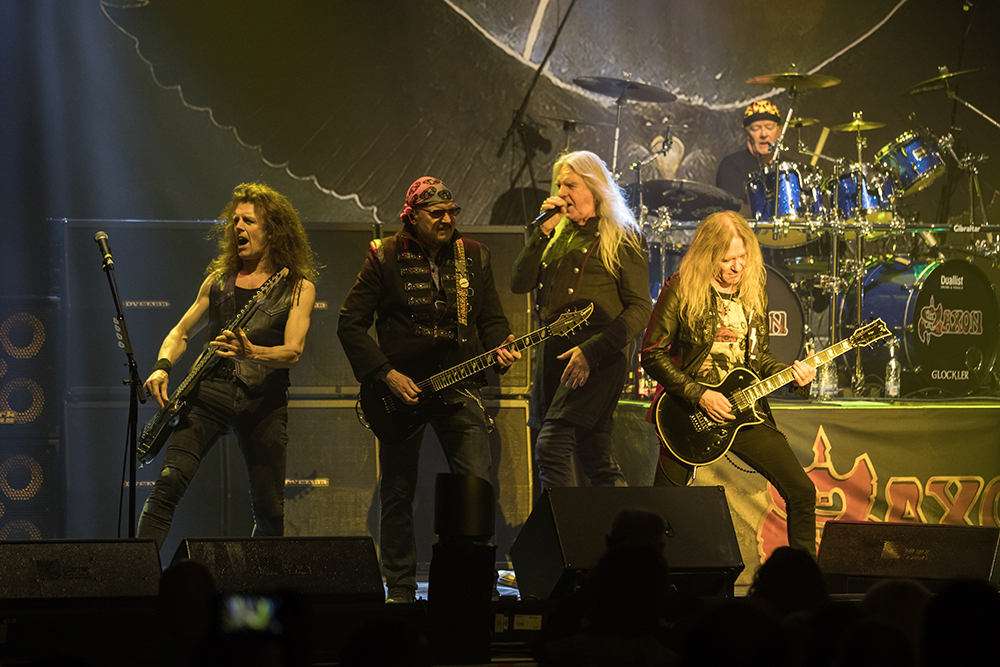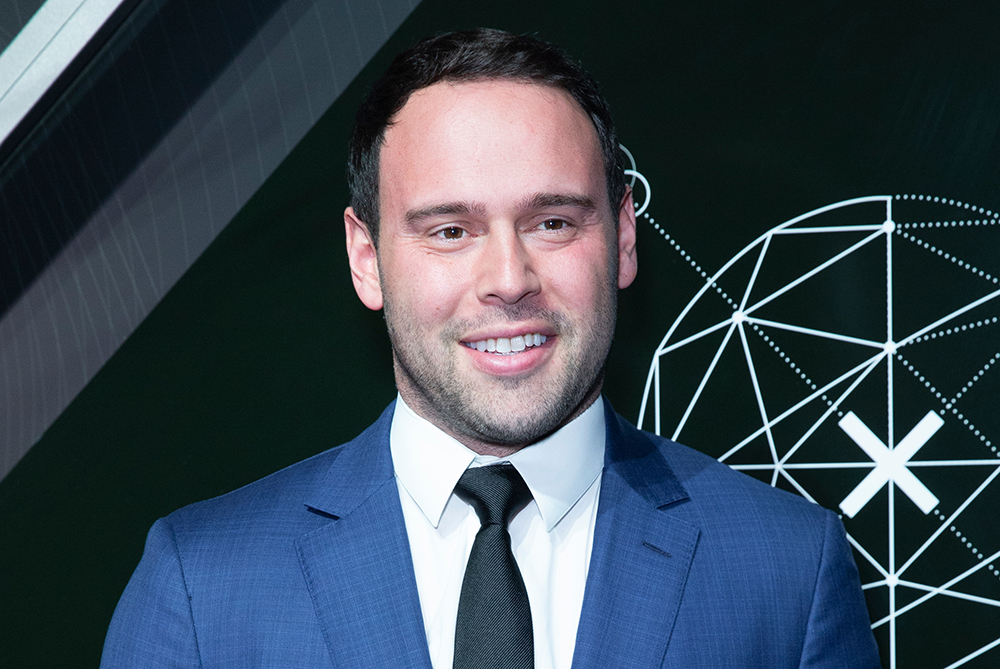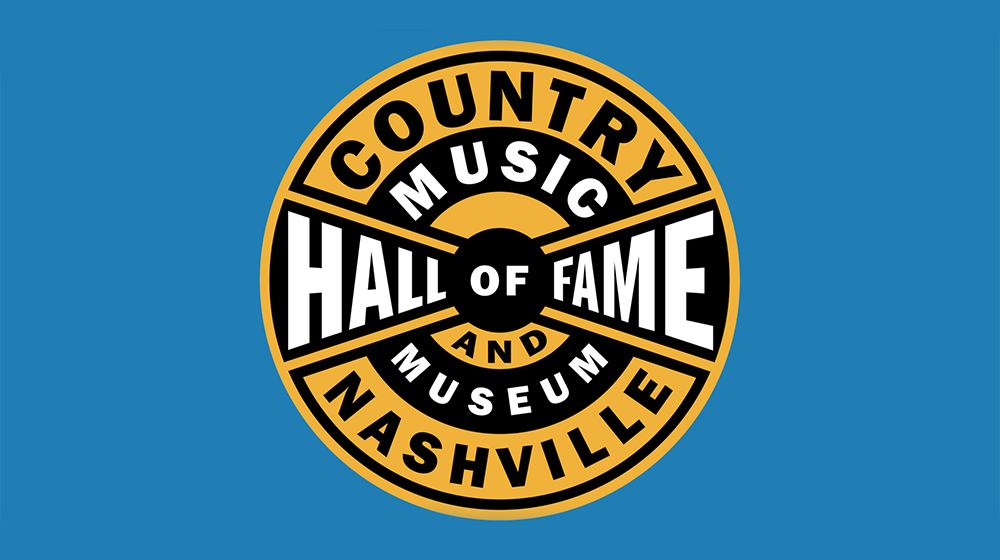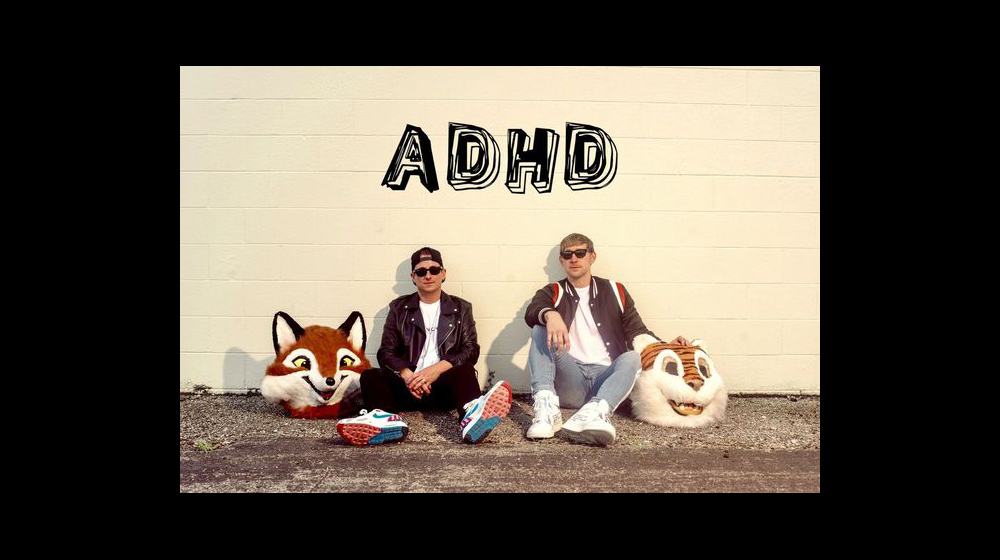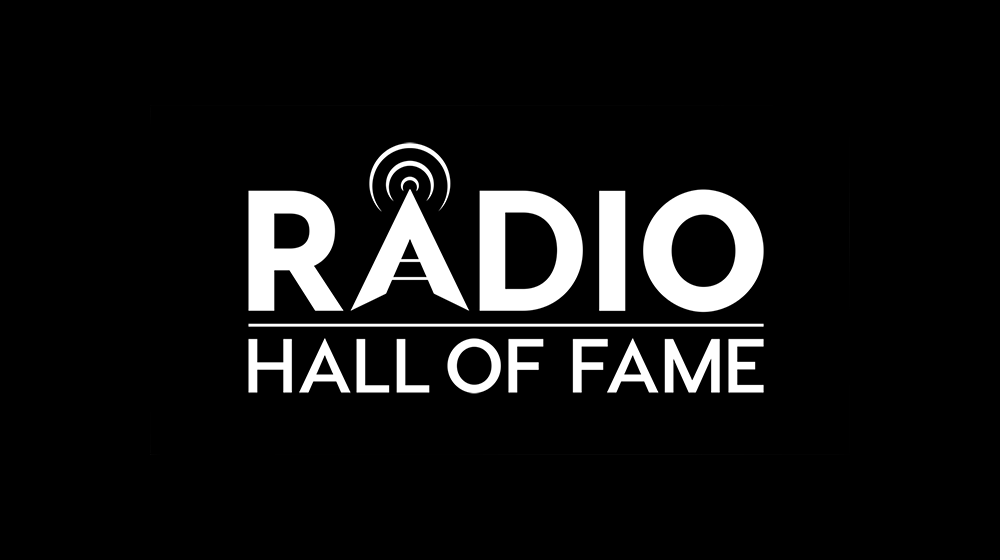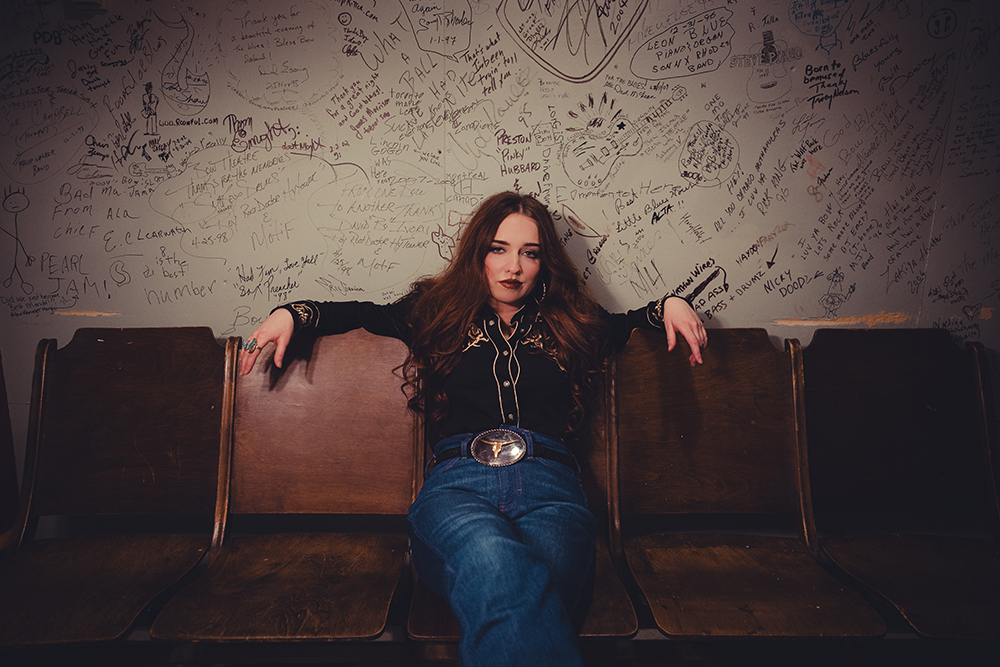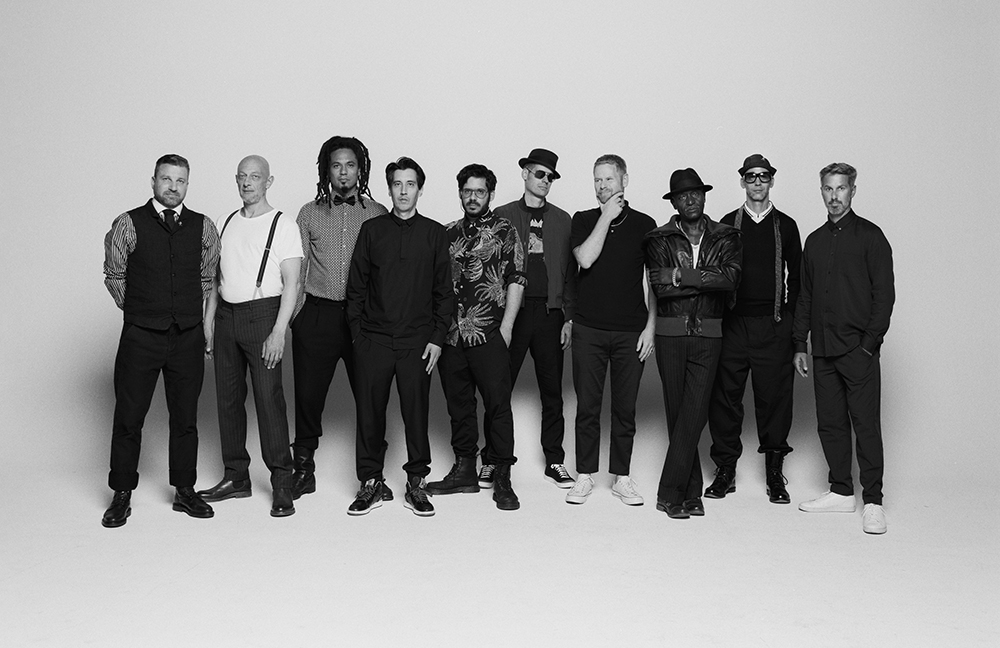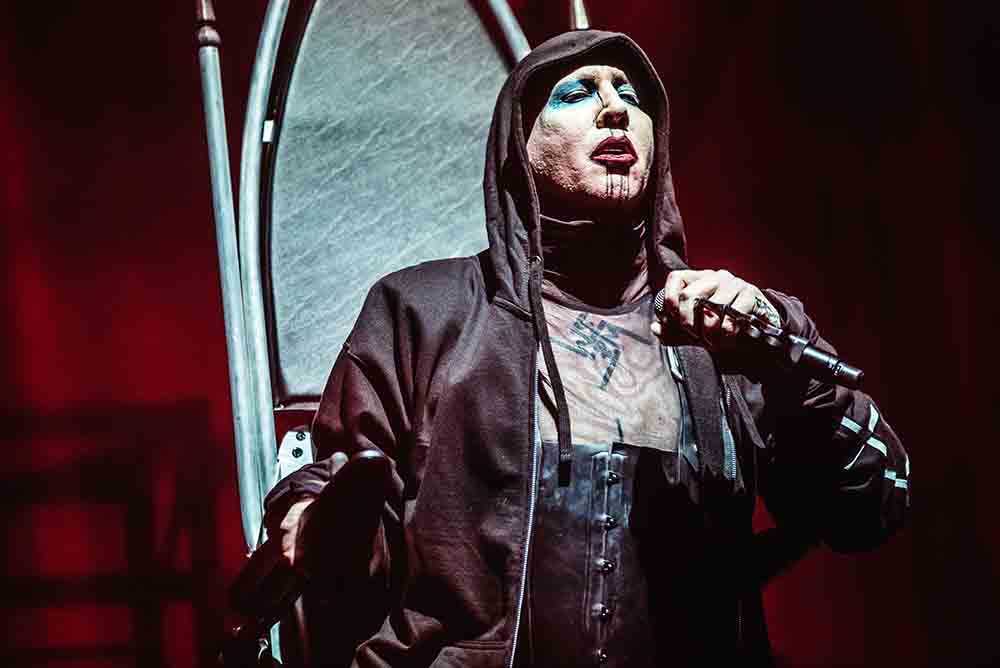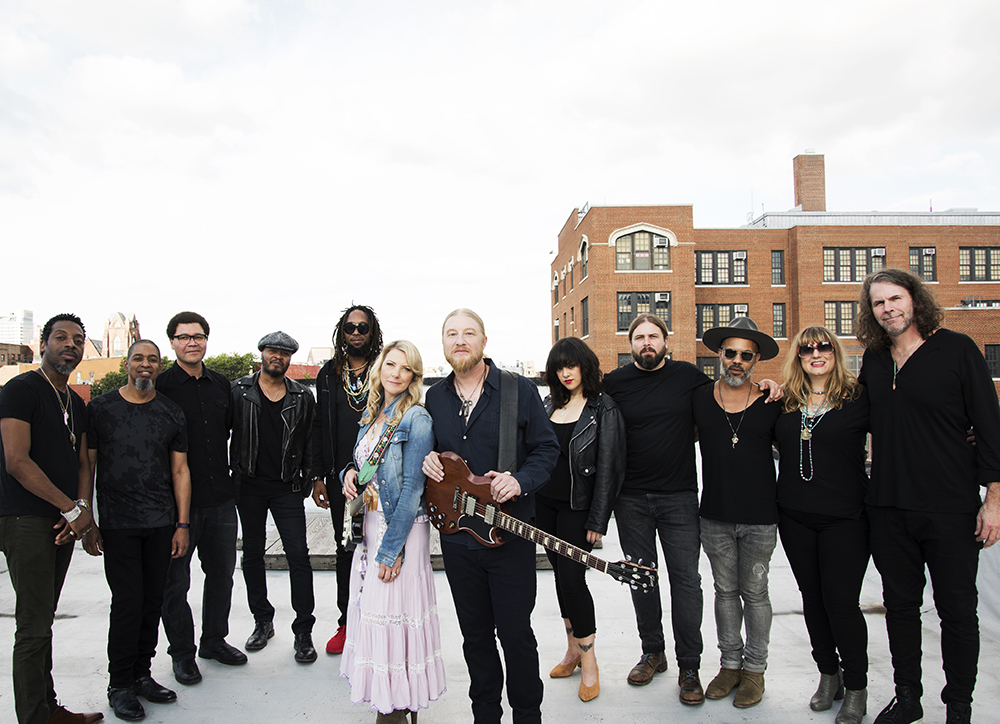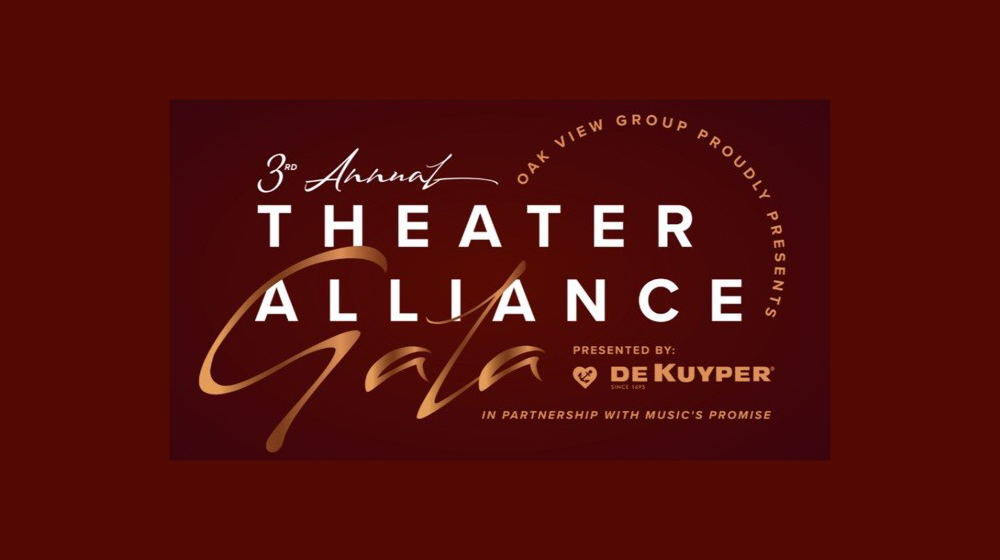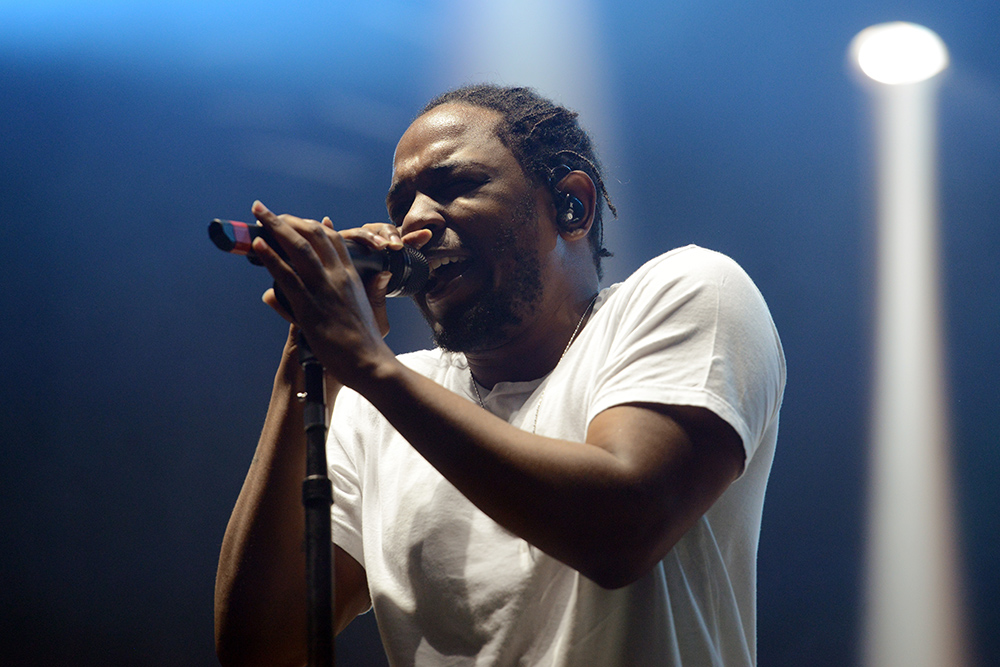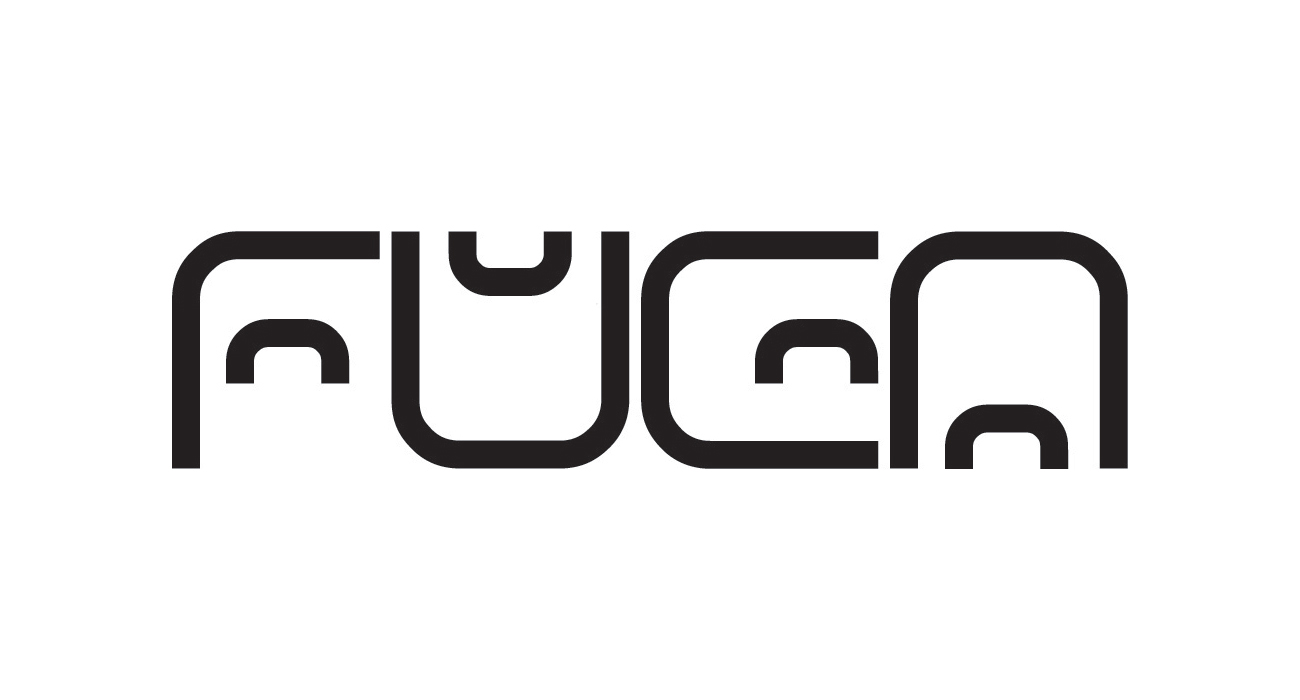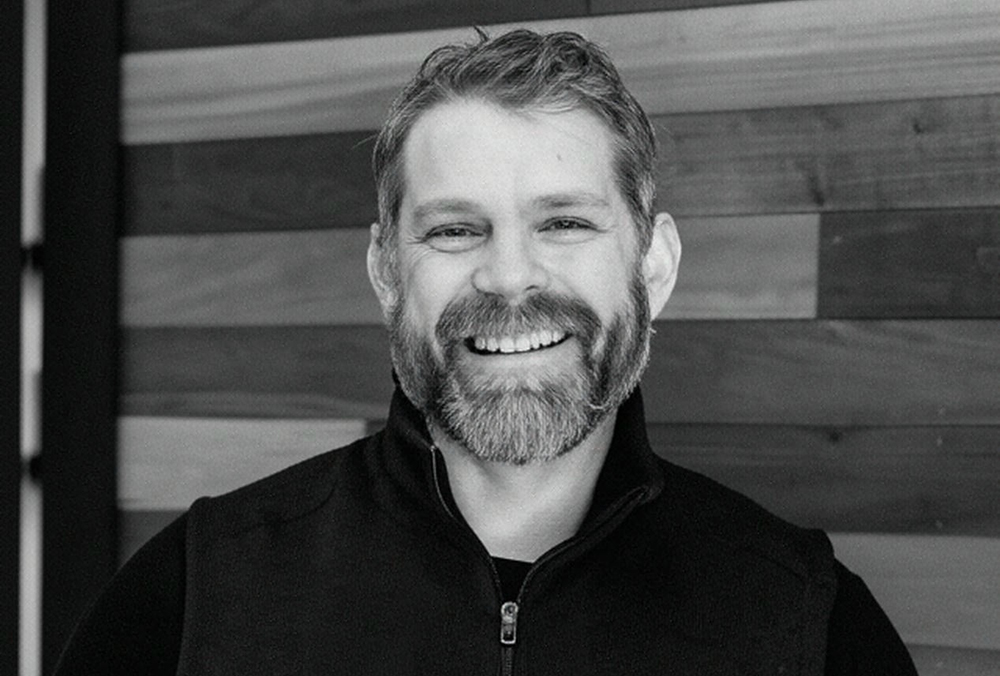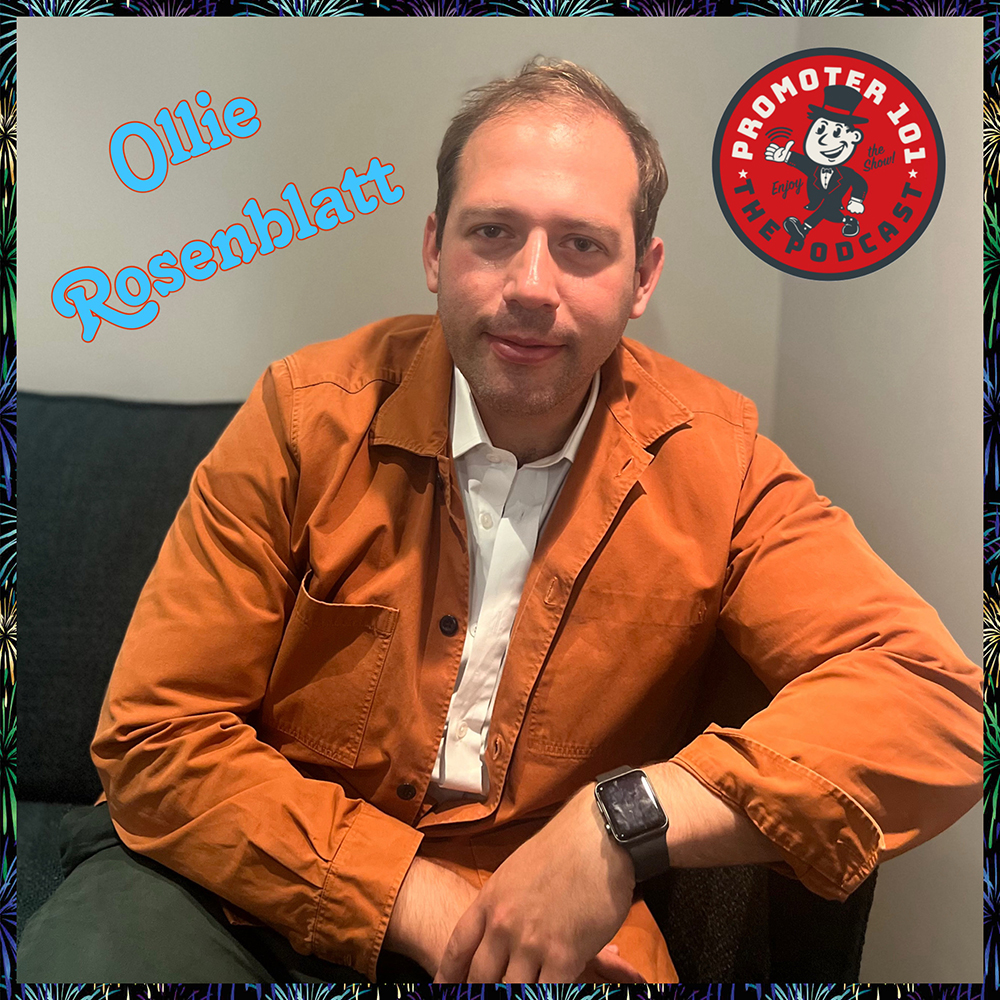(Hypebot) — Amy Crawford, the Executive Creative Director of Music Products at global sonic branding studio Made Music, explores the highs and lows in AI music branding and promotion.
by Amy Crawford of Made Music Studio
THE BOTTOM LINE: It’s time for our industry to embrace AI in music – if you’re not in it, you’re losing opportunities to leverage these tools in positive ways. But as you jump in, make sure to have your eyes wide open to the good, the bad & the ugly.
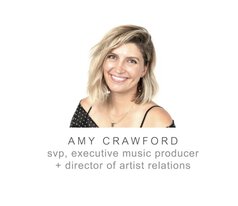
Ready or not, AI in music and audio creation is here. At Made Music Studio, we’ve been watching and working in the space for quite some time. But with Ghostwriter977’s “Heart On My Sleeve” track featuring an AI Drake & The Weeknd going viral on TikTok and dropping on Spotify this past week (and then UMG’s swift condemnation and ongoing, whack-a-mole takedown), the stakes have immediately gotten real for the popular music industry and the greater music business ecosystem. While we can be quick to despair about what our creative futures look like as AI-generated works enter the marketplace, it’s up to creators — and brands — to be courageous and curious about AI, learn how to leverage it with human imagination and artistic touch, and actively define what this means for the future of our industry.
As it is still early days, there are more questions than answers concerning what AI will mean for the music industry. How will this next wave of AI music creation tools further commoditize music? Will they make all audio assets sound the same? Will anyone be valued for the craft of music ever again?
Music has endured many significant technological revolutions, and we’ve carried on with each ‘new normal’ as the playing field for music creators has been remade time and time again. A (typically younger) vanguard will choose to leverage these tools and apply them to their creativity with their unique human touch — and that is where creative boundaries are pushed and broken through. Someone will always find a way for tech innovation to catalyze a major creative movement and/or greater access to creative expression. Think: Drum machine. DAW. Software synths. TikTok. Splice. Bandlab.
Okay, so for brand innovators reading this, what’s important to consider when it comes to AI and music?
THE GOOD: Scale and Access
In an audio-first world, brands are being heard across more sound-on channels than ever before — from podcasts and streaming to voice assistants and social media. According to Statista, revenue in the music streaming industry is expected to reach $25.7 billion in 2023. Good news is that AI offers an opportunity to scale audio production and personalize sound for the individual consumer in a way never before seen.
With brands needing more digital content than ever, with ever-greater personalization to the user, how might AI be leveraged as a tool to support? Imagine your sonic identity quickly adapted into a new, different or hybrid genre(s) of music, or a different mood state, meeting the individual listener exactly where they are. Versioning of ad creative with music depending on a listener’s preferences creates opportunities for brands to emotionally connect with customers in a way that allows them to feel “this brand is for me.” That level of scale and customization currently requires significant time and production resources. With AI, those resources can be significantly less resource-intense.
Plus, as AI makes music creation accessible for even more people, what does it look like for a brand to co-create its sound with its customers? Look at what Nike is aspiring to with .SWOOSH Studio, putting their fans in the creative director seat and inviting Nike lovers to contests that “prioritize creative storytelling over creative skills.”
At its core, the goal of a sonic identity is to increase brand attribution, recall and affinity. What might your own consumers expand your brand’s visibility — or, listenability — with AI? How might a two-way, co-creating relationship with your consumers help build the brand sonically in ways we haven’t even yet imagined?
THE BAD: Copyright, Trademark & Associated Risks
Copyright as a concept is intended to motivate creativity — it incentivizes creators by protecting the ownership of their work. The recently-formed Human Artistry Campaign has begun to advocate for the uniquely human nature of artmaking and for copyright to continue to only protect human intellectual creativity. So it makes sense that the US Copyright Office will not copyright works created with AI at this time.
Most AI-generated musical works (presumably like Ghostwriter977’s) are created using data inputs without the original creator’s permission. Drake’s lyrical flow. The Weeknd’s stylistic choices. A producer’s catalog of beats. Those are the human-generated inputs that shape the AI-generated output. Undeniably, the misappropriation of someone else’s creativity without their consent is a violation. But as these tools become more refined and put into creators’ hands, the issues will become more gray and harder to enforce.
Does the conversation on copyright end here, or evolve? How might the ownership of an AI generated work be defined with greater nuance? And actually: what happens to the value of copyright if the market is flooded with AI-generated content that consumers do connect with? The US Copyright Office only just announced their Artificial Intelligence initiative last month!
Further, when we consider AI-generated voice specifically, Venice founder Troy Carter has highlighted several times on Twitter his POV that “there’s no trademark protections for voice” — though in the past artists like Bette Midler have successfully disputed sound-alikes via Right of Publicity. How do we define who owns a timbre of voice or a style of vocalization in AI? What may or may not protect an artist’s signature performance style moving forward when virtually anyone can leverage voice cloning tools?
Grimes took the step on Twitter to offer a royalty split with AI creators — will we see more artists follow suit? What feels like a future-leaning, bold move also has thought leaders in the legal space asking less sexy – but critical – questions. Copyright is going to be having a spotlight moment for a while.
But ownable sonic intellectual property (IP) will, for now, remain the least litigious route for brands. An ownable, distinct sonic identity is increasingly becoming a must in today’s market. But I still see a lot of opportunity for curiosity, especially in leveraging a brand’s sonic identity in the context of AI.
THE UGLY: Personalization vs. Exploitation
Recently Levi’s announced a partnership with an AI modeling agency, with the stated goal being to make the online shopping experience a more “inclusive and diverse” customer service by generating Black and brown models with AI to model their clothes. They then clarified their statements following the public outcry to what was interpreted as disingenuous DEI claims.
The use — and exploitation of — AI personas to represent a brand needs to be centered in discussions of AI and creativity. As web3 music artist Latashá called out after hearing “Heart On My Sleeve,” “I feel with the music ai shit is exploitation of artists who already are being exploited. It’s unnerving to also know that some white person can be black facing vocals.”
If a brand chooses to leverage diverse voices in AI, it must be considered about who is choosing what words those voices speak, the role these voices play in our lives, and who these voices speak to. There needs to be more diversity within the teams creating these AI models and designing the ethics for this work. And, a key question we must always ask in business: into whose pockets is the money going?
Brands should recognize that while AI offers great creative opportunity,they must maintain a values system that embraces innovation and centers the artists, producers and everyday folks who might find themselves entangled sooner than later in the input or output of an AI project. Those human inputs remain important, unique, and add profound artistic vision.
This is a major moment of change. What I know is that each new generation will see these new tools as part of their normal, daily creative toolkit — our industry is always evolving, and AI is here to stay. The key to success has always been how to, with fresh eyes, leverage new tools with a broad imagination, a willingness to experiment, and the human touch — as well as an eye on how to protect and support human creators in the process.

